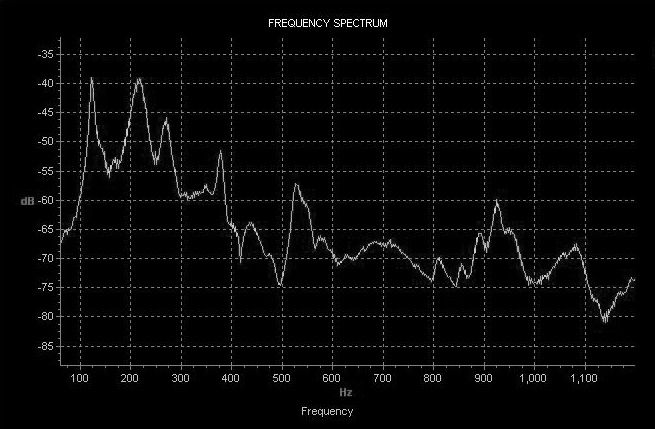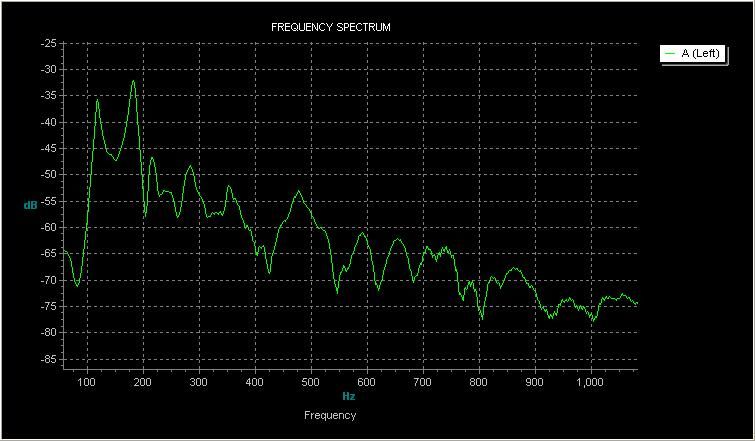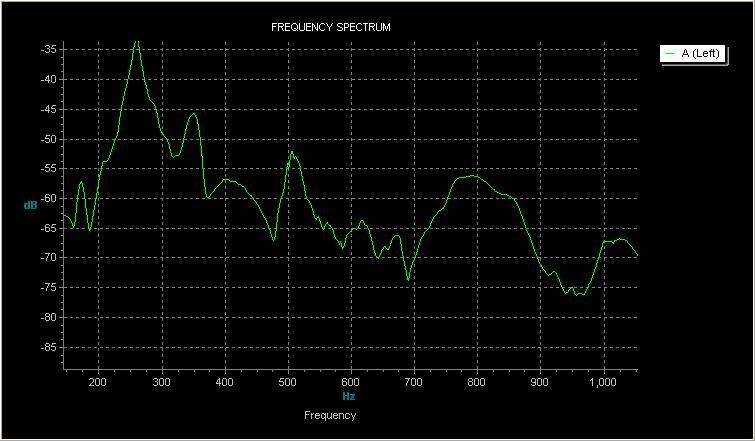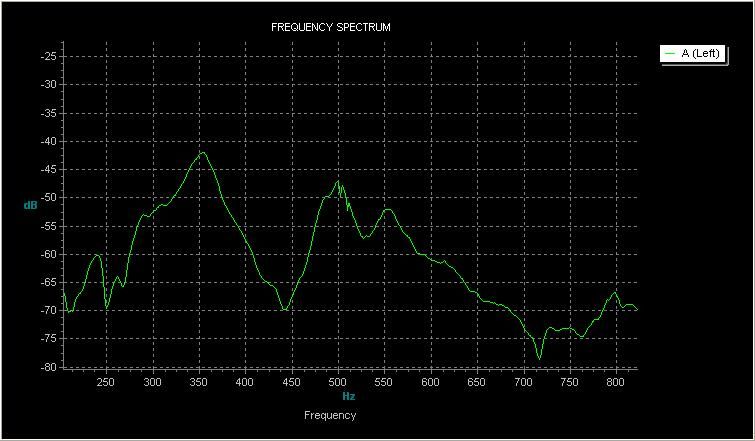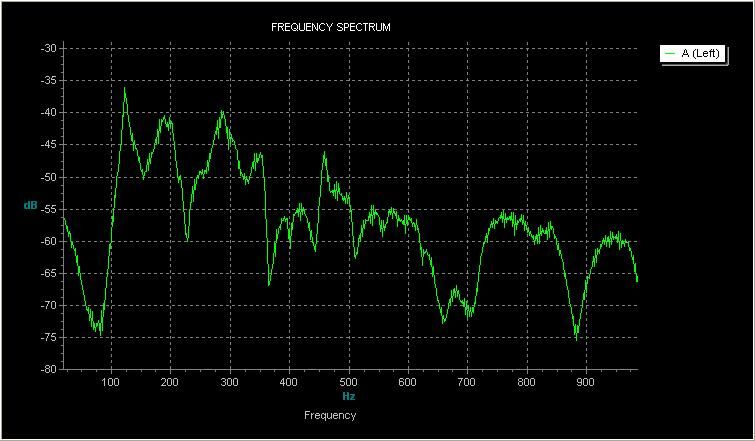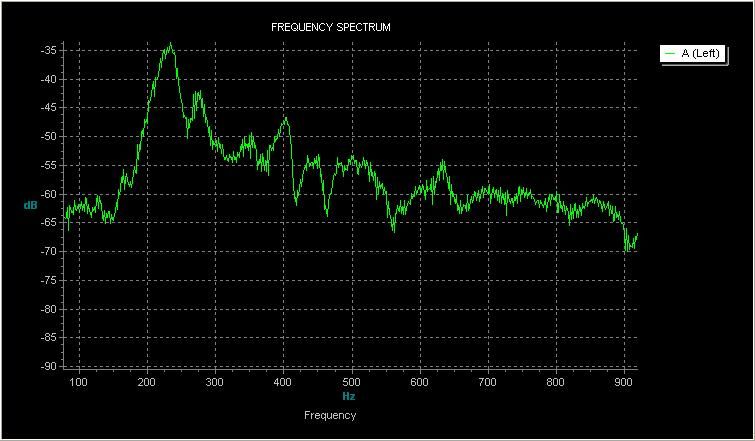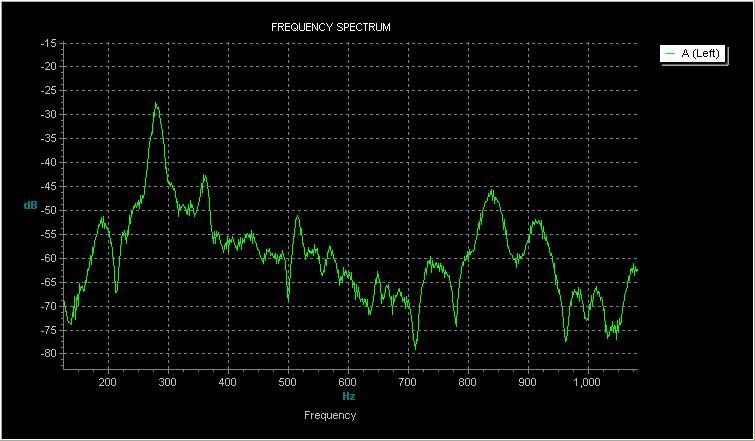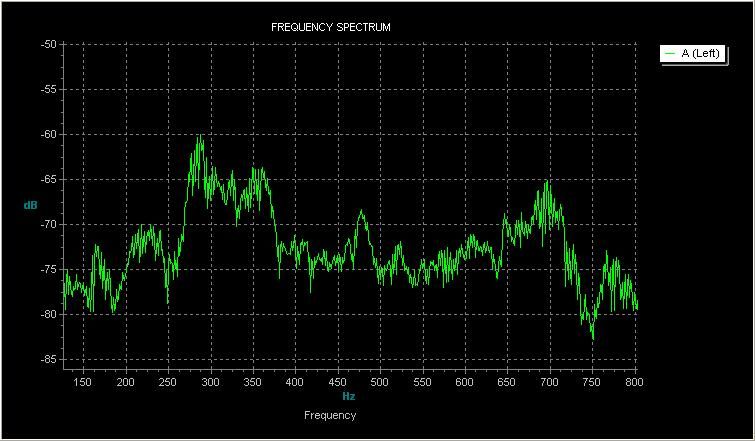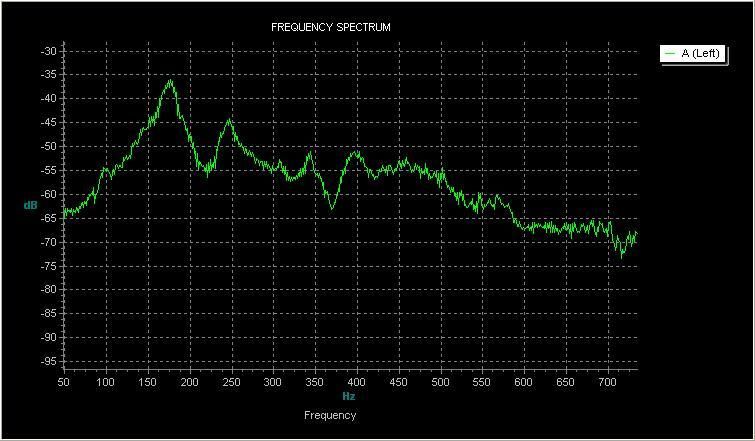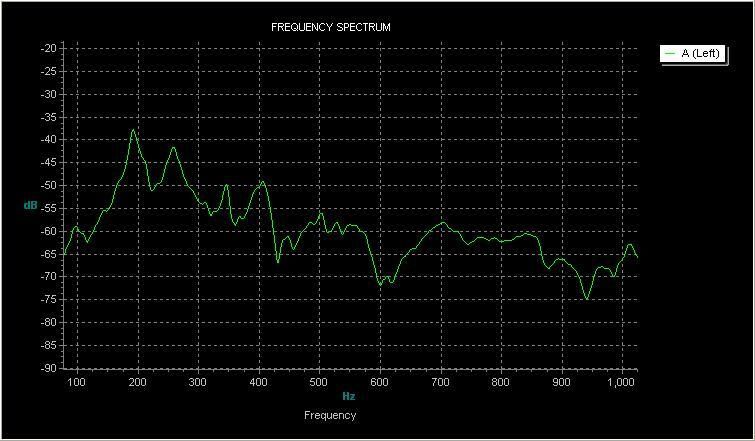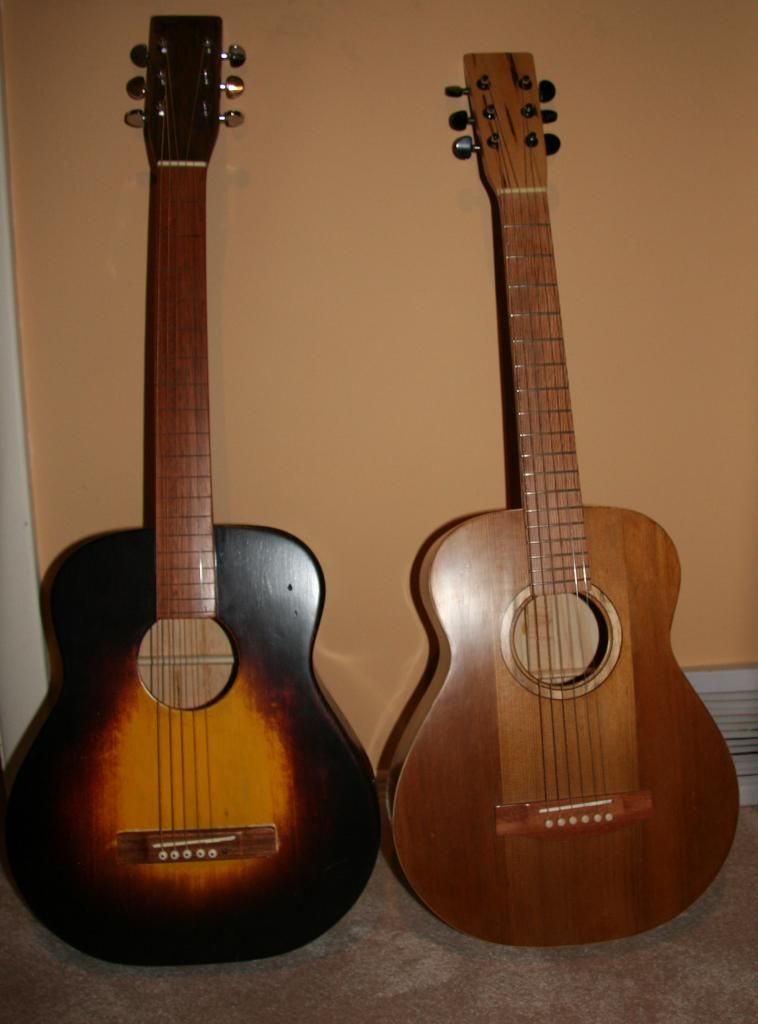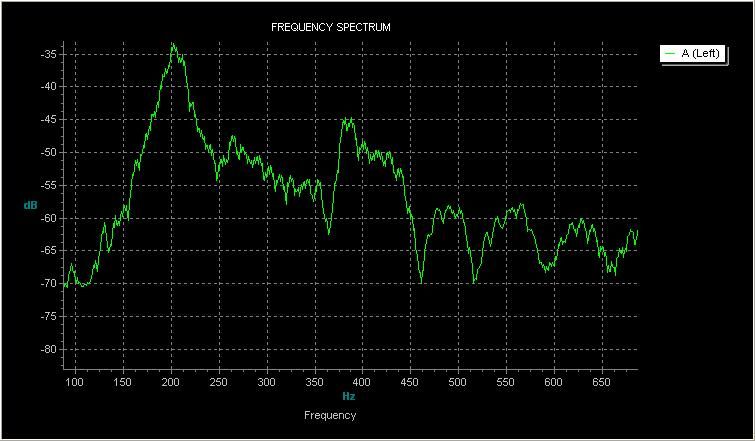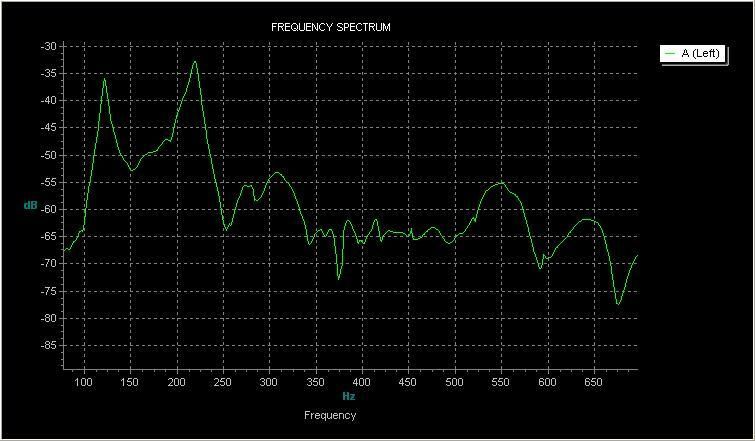Last year I found some thinner pieces of pine that I sanded down and made a bunch of sides and backs out of. I found some quartered cedar fence boards and some quartered pine and made some tops. Built one guitar and this year decided to throw the whole bunch together to see what different arrangements would do to the sound. This was before I was introduced to two fine books, would have done things differently if I started over. But this is what I got.
Original guitar, does not sound bad for what it is but it can use some tweaking.

The four from this year. Two cedar, two pine, tried to make them similar.
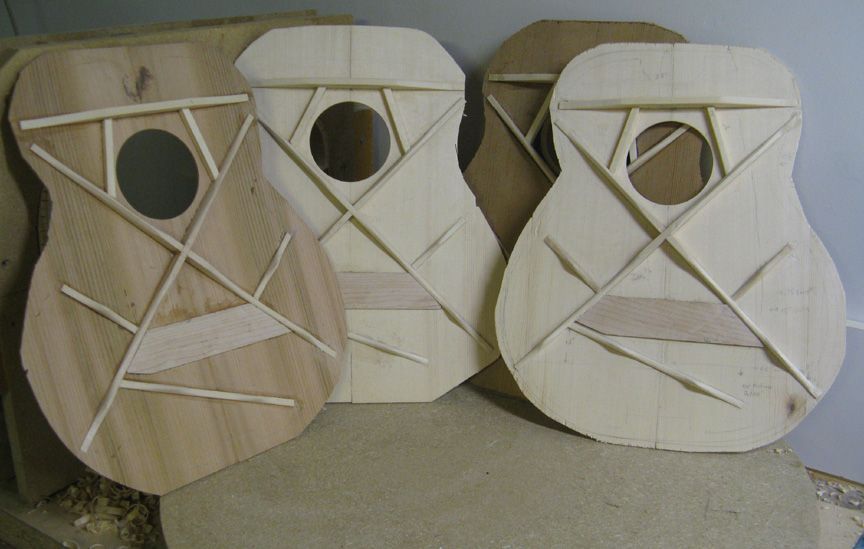
Starting from the left #1, the lower bout has thicker braces laid down as compared to #3 which has the lower bout braces vertical. Pine tops, #2 has a three piece back and #4 has a double thickness back also with laid down braces.
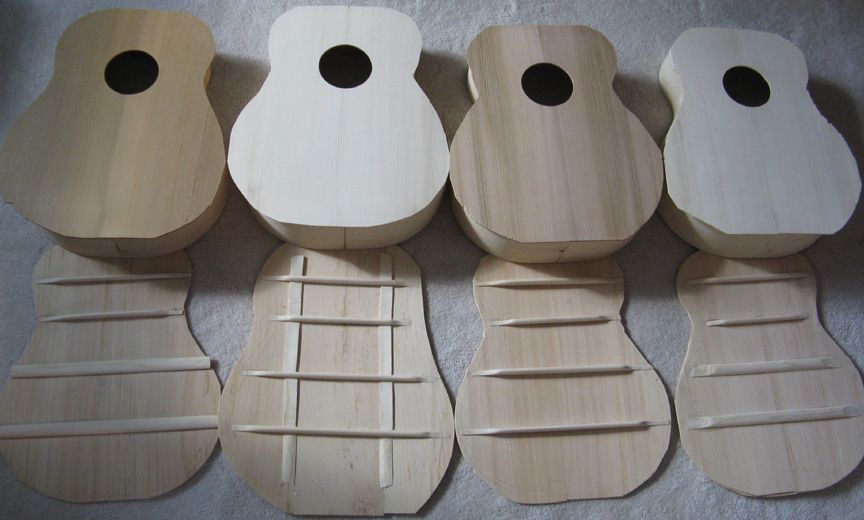
Also I had some sides that did not turn out that well, used them and doubled up the sides on #1 and #2

Did some testing of the bodies without bridges. Used a USB mic I bought from a second hand store for $5, works great.
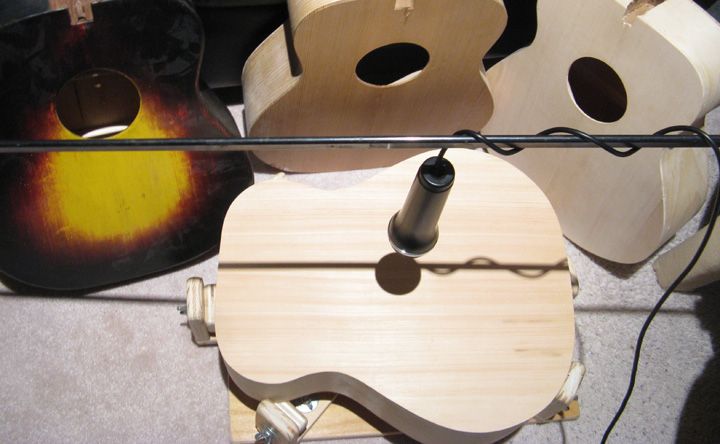
I got the following numbers, pardon me for not using your numbering scheme, I'll get it yet.
Pine double thickness back (#4)
132, 256, , top 241, back 287
Pine three piece back (#2)
124, 241, 300, top 234, back 281
Cedar flat back brace (#1)
123, 275, , top 241, back 247
Cedar tall back brace (#3)
127, 245, 428, top 234, back 221
Then today I redid things as I was told how to capture the plots.
My original numbers for my completed guitar, I got 122, 218, 260 Hz. Funny things are happening as I type, just going to post this and add more in the next one.
